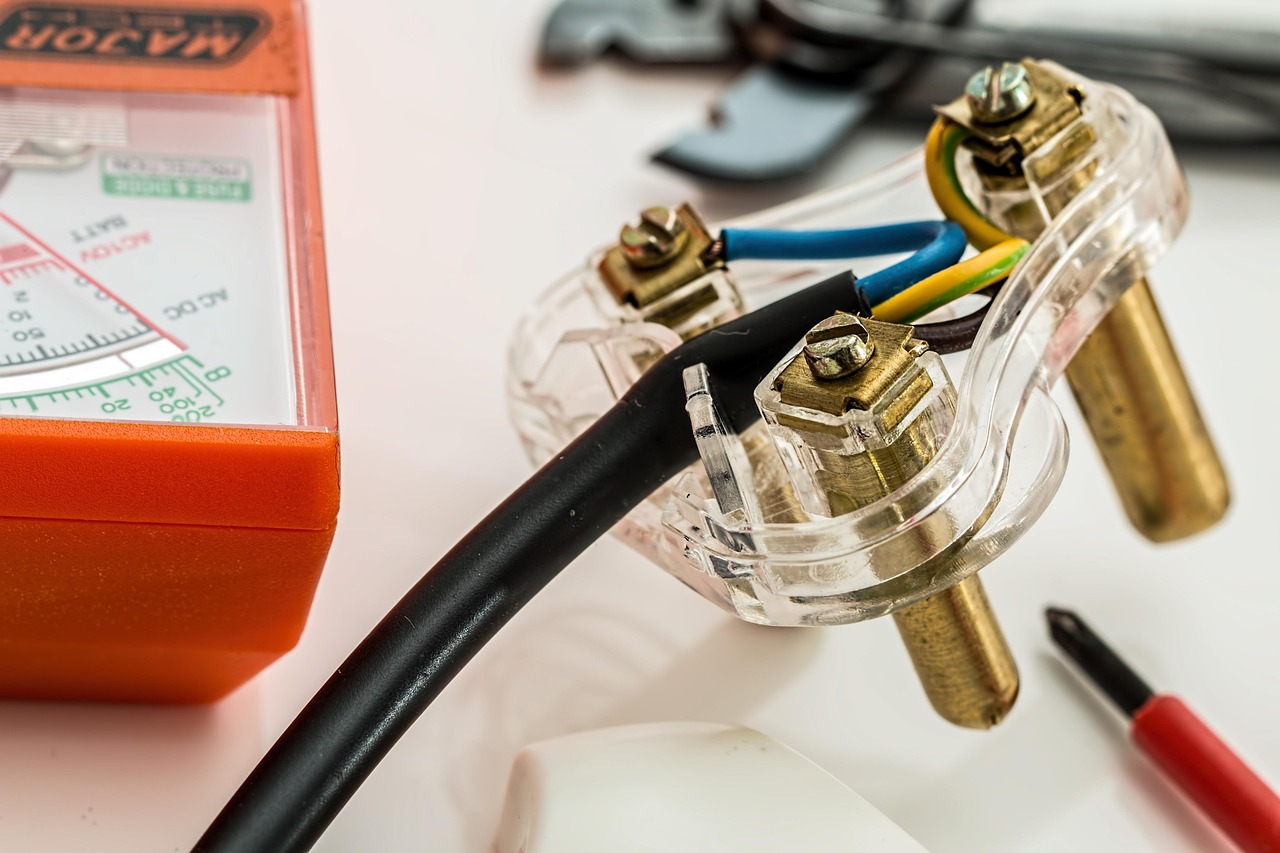DIY Projects - Part 1
Creating Urban Green Spaces - Part 1
Urban green spaces play a vital role in promoting environmental sustainability, enhancing quality of life, and providing a respite from the concrete jungle of city life. These green oases offer numerous benefits such as improved air quality, increased biodiversity, and opportunities for recreation and relaxation. In this two-part series, we will explore the importance of urban green spaces and provide insights on how to create and maintain them in your community.
The Benefits of Urban Green Spaces
1. Improved Air Quality: Urban green spaces act as natural filters, absorbing pollutants and carbon dioxide while releasing oxygen, thereby improving air quality in cities.
2. Enhanced Biodiversity: Green spaces provide habitats for various plants, birds, insects, and other wildlife, promoting biodiversity within urban areas.
3. Health and Well-being: Access to green spaces has been linked to reduced stress, improved mental health, increased physical activity, and overall well-being of city residents.
4. Community Engagement: Green spaces serve as focal points for community gatherings, events, and recreational activities, fostering social connections and a sense of belonging.
How to Create Urban Green Spaces
1. Assess the Need: Identify areas within your city or neighborhood that lack green spaces or have limited access to nature. Consider factors such as population density, demographics, and existing infrastructure.
2. Collaborate with Stakeholders: Engage with local government officials, community organizations, businesses, and residents to garner support and resources for creating green spaces. Collaboration is key to successful urban greening initiatives.
3. Design and Plan: Work with landscape architects and urban planners to design green spaces that are functional, sustainable, and aesthetically pleasing. Consider elements such as native plants, water features, seating areas, and walking paths.
4. Implement and Maintain: Once the design is finalized, begin the implementation phase by planting trees, shrubs, and flowers, installing benches and signage, and creating pathways. Regular maintenance is essential to ensure the longevity and attractiveness of green spaces.
5. Educate and Engage: Raise awareness about the importance of urban green spaces through educational programs, workshops, and community events. Encourage residents to participate in greening efforts and take ownership of their local green spaces.
Stay Tuned for Part 2
Part 2 of our series will delve deeper into the challenges of maintaining urban green spaces and provide tips for overcoming common obstacles. Join us as we continue to explore the world of urban greening and its positive impact on communities.

Image source: Pixabay
